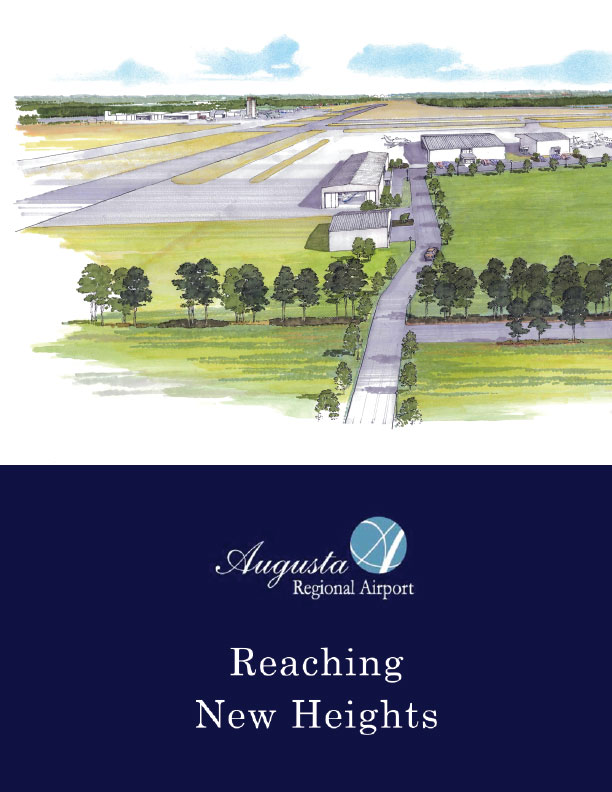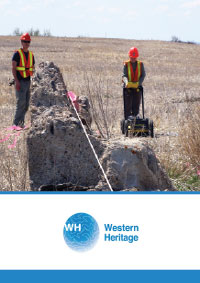Experts in their field
Established in 1985, Coulson Aircrane Ltd. is the aviation division of the Coulson Group of Companies. Highly regarded for their versatility, Coulson Aircrane operates within a wide range of industries across several countries, including: firefighter transportation and water bucketing for fire suppression in Australia; missile retrieval, ship-to-shore passenger and freight transport services for the U.S. Navy; off-shore oil and gas work in Azerbaijan; and heli-logging and commuter transport between Vancouver and Victoria in Canada.
Coulson Aircrane boasts an impressive fleet that features five Sikorsky S-61 helicopters, making them “the longest commercial operator of that helicopter type in North America.” A subsidiary, Coulson Aviation (USA) Inc, also employs the C-130 Hercules − a world-renowned firefighting airtanker and military transport aircraft.
“Our primary business is firefighting in Canada, the U.S., and Australia,” says Britton Coulson, Manager of Coulson Aircrane. “We use our Sikorsky S-61s and C-130s, along with their support trailers and fuel trucks to provide these services even in the most remote areas. The C-130Q model, which is a structurally equivalent to a C-130H Hercules with a Coulson RADS-XXL 4,000 US Gallon roll-on roll-off tanking system, is quite a force to be reckoned with.”
“In 2007, we bought two JRM-3 Martin Mars, which are the world’s largest flying boats that ever went into commercial service, and, up until two years ago, we used those for firefighting as well.”
Britt’s passion for aviation began when he was a child. He started working in Coulson’s aviation division when he was about 14 years-old, officially joining the company after graduating from high school in 2004. During that span, he has seen the company’s aviation division grow to become the industry leader it is today.
“We’ve been around for 28 years in heavy lift helicopters, so everybody knows who we are,” he says. “One of the unique things about us is we’re the only company in the firefighting business that runs large Type 1 helicopters and large Type 1 airtankers, so we see both sides of the market where normally you only have one or the other, and they’re both quite different. We have the right equipment for the right job for many different requirements.”
Today, Coulson Aircrane employs approximately 50 staff members in total. Britt indicates that stability has been a trademark of the company over the years, revealing the average employee has an approximate tenure of over eight years. He credits this employee longevity to the “enjoyable work environment.”
“We have a pretty tight-knit group here,” he proclaims. “Some of the things we do are unique, where although we do manufacturing, the guys will be on the same project from start to finish. Rather than just manufacturing a rib and that’s all you’re going to do for the next three years, our guys will manufacture the rib, and then they’ll install it in the bulkhead and manufacture that, and then work their way up to the full tanking system or the main assembly.”
“So, our manufacturing program is very different from what a lot of other larger companies do. Our guys aren’t doing the same things every day. It gives good variety, and although we have that variety, we’re also very focused on both the C-130 and the S-61, so our guys are definitely experts in their field.”
One of a kind
Britt reemphasizes that the biggest challenge in firefighting is finding “the right tool for the right job.” He explains that the extreme environment is “very high-stress on the airframes,” so finding the right aircraft to withstand those precarious flying conditions is paramount.
“That’s why we settled on the C-130, because it’s a tactically derived airplane that was built by Lockheed Martin,” he affirms. “It’s the only next-generation air tanker that’s still in production and it’s the only next-gen air tanker that’s designed to fly low and slow in a tactical role.”
“We’re the only civilian operator of a C-130H,†he adds. “It’s an extremely desirable airplane in the military world. Our competitors are flying BA146s and MD-87s, and those aircrafts are mid-size passenger jets. They’re designed to get from point A to point B as fast as possible. They’re not designed to fly low and slow at max gross weight in a treed environment 200 feet above the ground, whereas the C-130 is.”
Coulson Aircrane further sets itself apart from the competition with their state-of-the-art technology. They have built an innovative, cutting edge C-130 tanking system for their own aircraft as well as for other customers.
The Coulson RADS-XXL C-130 tanking system is a modular, gravity flow system that consists of two parts; a permanently installed “lower hopper†that is low impact to the airframe and usually installed at a Lockheed Martin Authorized Service Center, and an “upper hopper†that is removable and installs in less than one hour. When the upper hopper is removed, the aircraft goes back to a standard cargo configuration and has no airframe restrictions. “This system is ideal for militaries around the world who have wildfires in their countries and are looking to supplement existing resources with a cost effective airtanker by utilizing existing C-130 aircraft and crews,†states Britt.
“We’ve got a brand new tank controller coming out that we’ll be flying for the 2015 fire season,” Britt says. “Airtankers, especially some of the new jets, have an inherent problem with baselining their tanks at, as an example, 125 knots forward air speed. In reality, they’re dropping at 145 knots, and that extra 20 knots can significantly degrade their drop pattern.”
“Our new system allows our tank controller to compensate for the speed,” he continues. “It’s got its own GPS built in, and it takes the radar altimeter data from the aircraft and varies the flow rate to make sure we always get the desired coverage level on the ground for the ground crews. This not only provides the best value to the customer, it also eases the pilot workload and allows the aircraft to fly in a safer flight profile.” This not only provides the best value to the customer, it also eases the pilot workload and allows the aircraft to fly in a safer flight profile
“As an example, to hit a coverage level 8 − which is a heavy coverage − at 125 knots, your tank needs to drop a thousand gallons a second. At 145 knots, you need to drop fifteen hundred gallons a second and if your controller isn’t compensating for speed your coverage level 8 turns into a level 4, and that’s not going to stop the fire. By utilizing the latest technology our “smart†tank will automatically bump its flow rate up to compensate for that higher drop speed.”
Britt is confident that this new tanking system − in conjunction with their C-130 next generation air tankers and Sikorsky S-61 helicopters − will provide Coulson Aircrane with plenty of opportunities to experience significant growth in the coming years.
“Because it is a unique, one of a kind system that’s adaptable to other aircraft, we see a lot of business growth there,” he says. “We’ll be the only one in the industry coming out with that type of technology here this year.”
“We’re going to continue to expand in the firefighting arena,” he concludes. “The S-61s do an excellent job and we’re very well established in that market, so we’ll continue firefighting with them. We’ll probably also get some additional manufacturing underway and really build the fixed-wing air tanker side of the business.”









